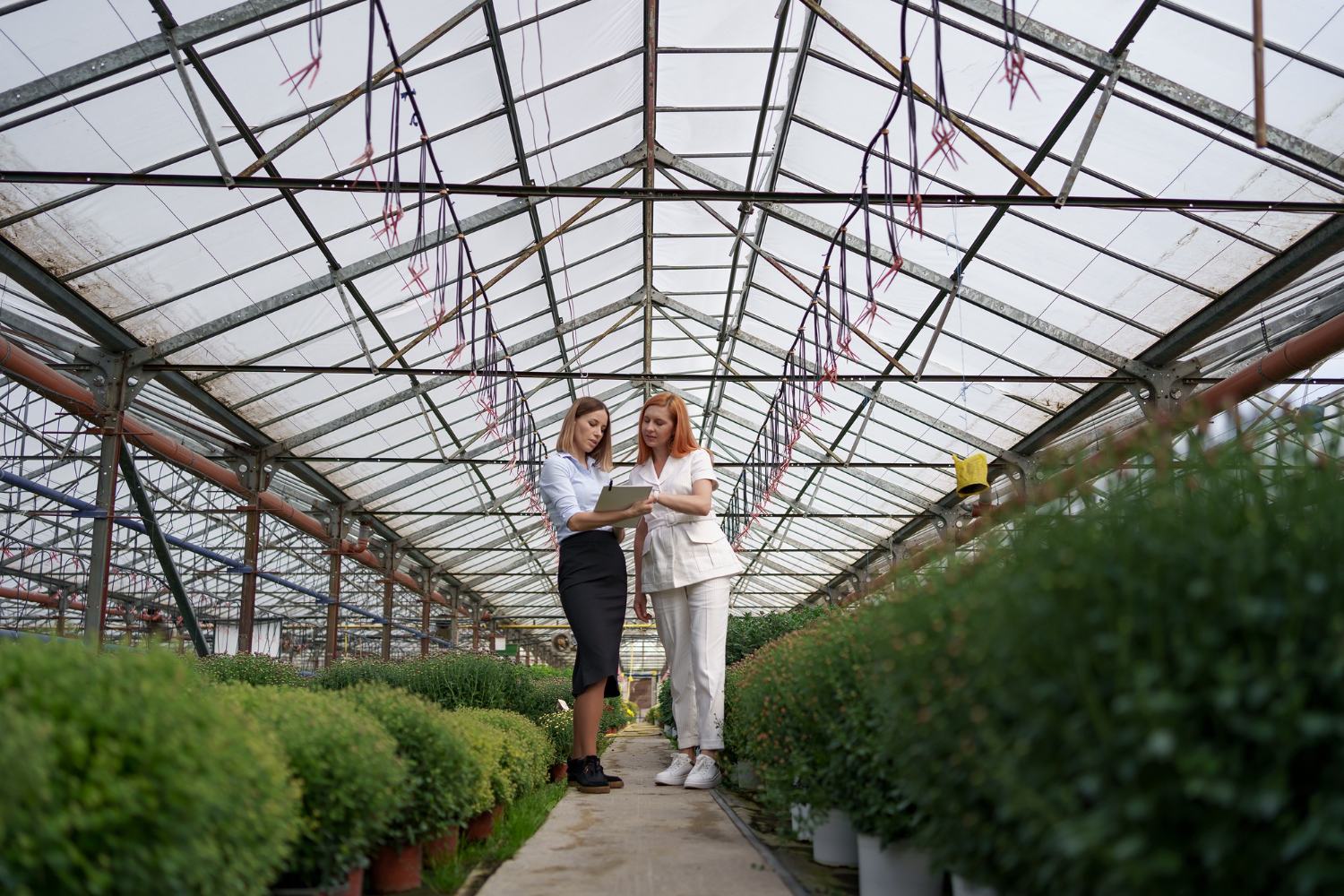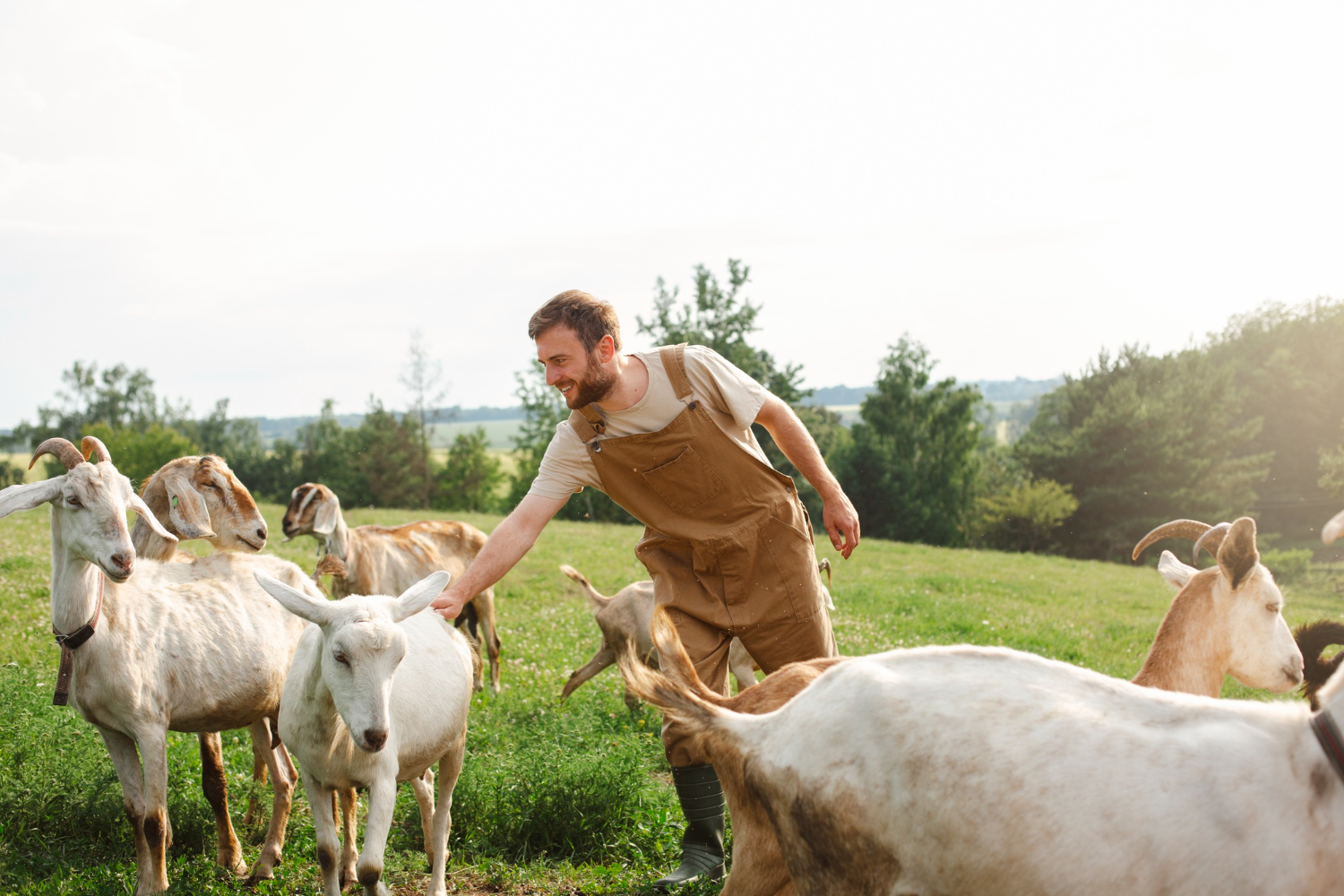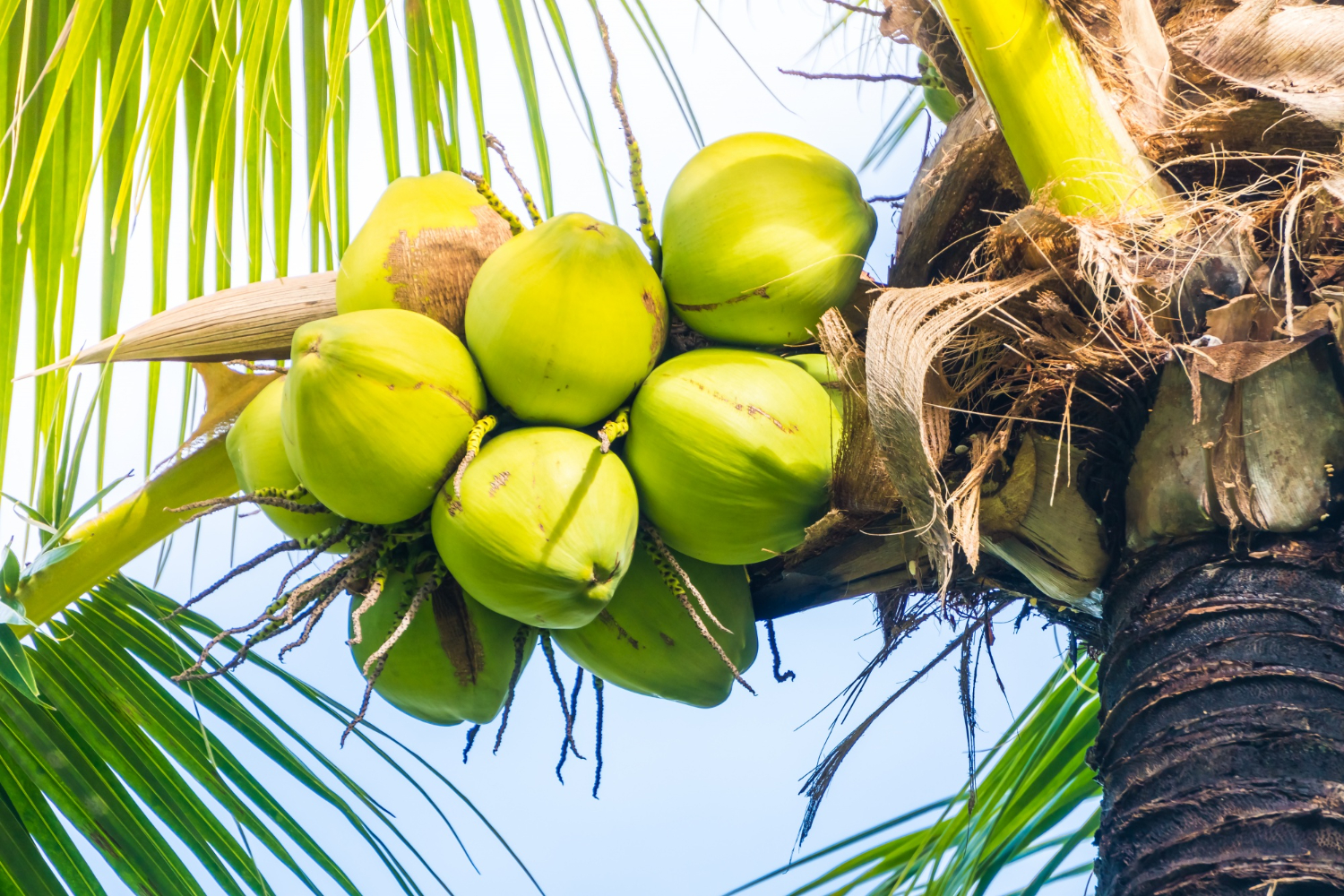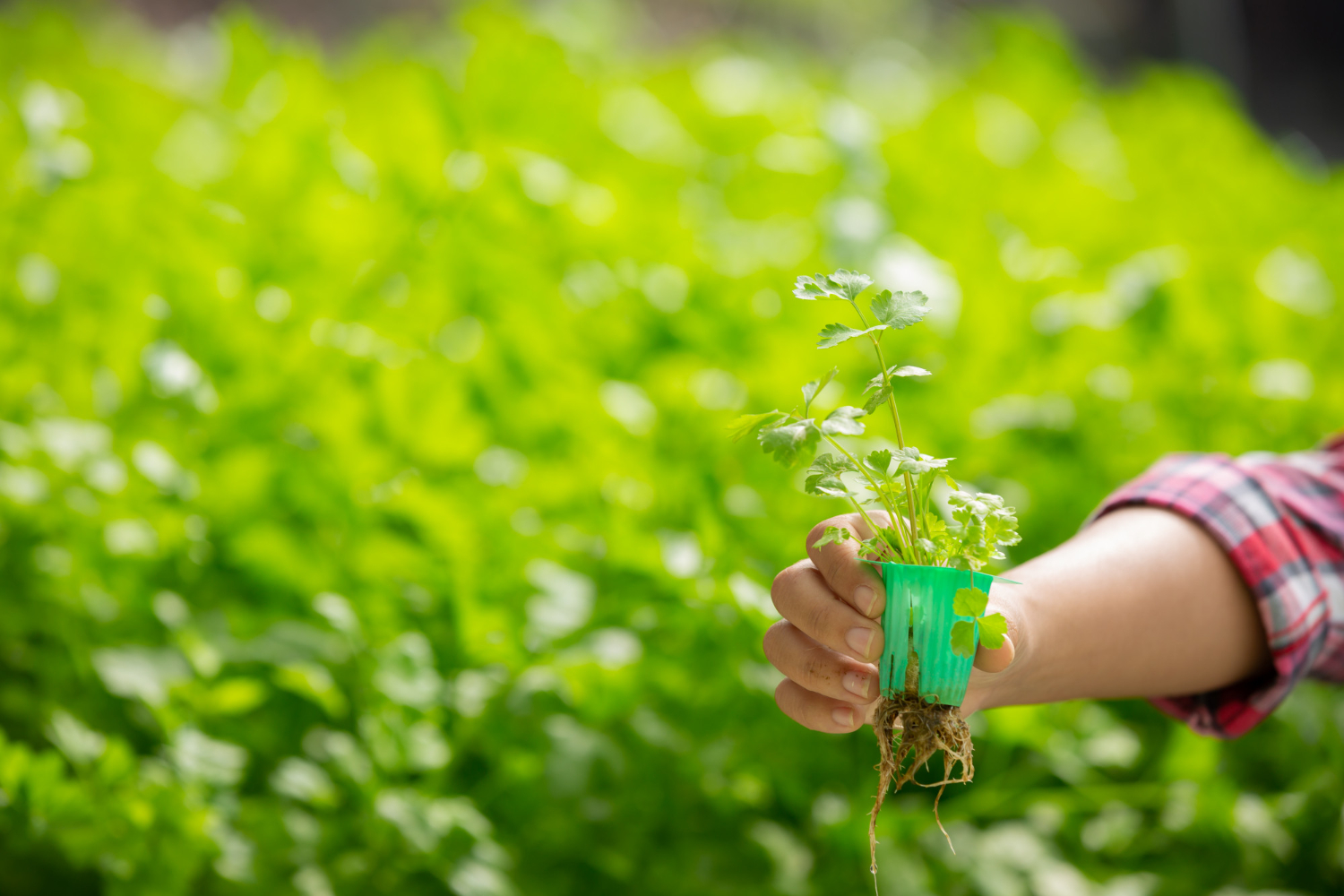National Livestock Mission (NLM)
The National Livestock Mission program is being carried out by the Department of Animal Husbandry & Dairying, Government of India, as of the 2014–15 fiscal year. The NLM plan has been updated and repositioned for F/Y 2021–2022 in light of the sector’s current needs. Under the broad heading of the Development Program, the updated National Livestock Mission (NLM) plan seeks to boost per animal productivity, create jobs, foster entrepreneurship, and enhance the production of meat, goat milk, eggs, and wool. Once domestic need is satisfied, the extra output will aid in export revenues. The idea of the National Livestock Marketing Scheme is to train entrepreneurs to link the organized sector with the produce accessible in the unorganized sector both forward and backward.
Mission Objectives
- Employment creation through the growth of entrepreneurship in the poultry, piggery, and fodder industries.
- Increased animal output through breed improvement.
- Increase the output of eggs, meat, wool, goat milk, and feed.
- Increase the availability of feed and fodder to significantly reduce demand by providing certified fodder seeds and strengthening the fodder seed supply chain.
- Encourage the installation of fodder processing units to help close the demand-supply mismatch.
- Promote risk management methods, such as livestock insurance for farmers.
- Promoting applied research with a focus on goat, sheep, poultry, feed, and fodder.
- Capacity enhancement for livestock owners and state bureaucrats through strengthened machinery to provide better extension services to farmers.
- Promote the spread of technologies and skill-based training to improve and lower livestock production costs.
Beneficiaries Under NLM
- Farmers and Companies
- Individual Entrepreneurs
- Cooperatives
- NGOs
- Groups of the organized and unorganized sectors, including SHGs and JLGs
Benefits Provided Under NLM
The NLM entrepreneurship initiative offers a 50% capital subsidy for building rural poultry farms, which include sheep/goat breeding farms, hatcheries and brooders, pig breeding farms, fodder value addition units, and storage units. The highest ceiling subsidy for various components ranges from Rs. 25 lakh to Rs. 50 lakh.
The subsidy cap for different NLM projects is as follows:
Poultry projects cost Rs. 25 lakh.
Sheep and goats—Rs.50 lakh
Pigs – Rs. 30 lakh.
Fodder costs Rs. 50 lakh.
Subsidies are not available for the acquisition of land, renting, leasing, or purchasing a car for business or personal use, among other things.
Eligibility for NLM
- Applicants should have received training, adequate experience, or have trained specialists or technical experts with appropriate experience in the field of project management and execution.
- The applicants should have received a loan sanction for the project from a financial institution or bank. In the event of self-financed projects, the applicant must provide a bank guarantee from a scheduled bank, along with an appraisal of the project’s validity by the bank where the account is held.
- The applicant must own or lease the property on which the project will be located.
- The applicant must have the necessary documentation for KYC.
Documents Required
- Proof of applicant’s share in the project.
- List of farmers attached to the project.
- Address proof of applicant.
- Last three years audited financial statement (in case of a company).
- Last three years’ income tax return.
- Bank statement for the last six months.
- PAN/Aadhar card of the chief promoter.
- Training certificate.
- Caste certificate (if applicable).
- Experience certificate.
- Scanned photo and signature.
National Bamboo Mission
-
NLM
- Objectives
- Beneficiaries
- Benefits
- Documents
The National Livestock Mission program is being carried out by the Department of Animal Husbandry & Dairying, Government of India, as of the 2014–15 fiscal year. The NLM plan has been updated and repositioned for F/Y 2021–2022 in light of the sector’s current needs. Under the broad heading of the Development Program, the updated National Livestock Mission (NLM) plan seeks to boost per animal productivity, create jobs, foster entrepreneurship, and enhance the production of meat, goat milk, eggs, and wool. Once domestic need is satisfied, the extra output will aid in export revenues. The idea of the National Livestock Marketing Scheme is to train entrepreneurs to link the organized sector with the produce accessible in the unorganized sector both forward and backward.
- Employment creation through the growth of entrepreneurship in the poultry, piggery, and fodder industries.
- Increased animal output through breed improvement.
- Increase the output of eggs, meat, wool, goat milk, and feed.
- Increase the availability of feed and fodder to significantly reduce demand by providing certified fodder seeds and strengthening the fodder seed supply chain.
- Encourage the installation of fodder processing units to help close the demand-supply mismatch.
- Promote risk management methods, such as livestock insurance for farmers.
- Promoting applied research with a focus on goat, sheep, poultry, feed, and fodder.
- Capacity enhancement for livestock owners and state bureaucrats through strengthened machinery to provide better extension services to farmers.
- Promote the spread of technologies and skill-based training to improve and lower livestock production costs.
- Farmers and Companies
- Individual Entrepreneurs
- Cooperatives
- NGOs
- Groups of the organized and unorganized sectors, including SHGs and JLGs
- Farmers and Companies
- Individual Entrepreneurs
- Cooperatives
- NGOs
- Groups of the organized and unorganized sectors, including SHGs and JLGs
1) Aadhaar number
2) Land documents
3) Caste Certificate (SC/ST only)
4) Phone Details
5) Bank Details
6) Photographs
7) DPR








